Soul Clothes by Regina D. Jemison is slim collection of poems that explore the Black experience from a spiritual perspective. She has quite a bit to say about the struggles Black men have with confidence, kicking habits, staying with their women, but she also has a lot to say about her own experiences and even the civil rights movement.
“writing illuminates injustice
gives language to people’s pain
pictures to failing dreams” (From “Because a door in my soul opens”, page 5)
Broken into three sections — God Gave Me Words, Soul Clothes, and Divine Reflections — and the first section tackles wider societal topics of struggle and faith, while the Soul Clothes section tackles similar struggles on a more personal level. In the final section, Jemison reflects on those struggles and what they teach each of us about ourselves and our place in the world, as well as how fleeting life really is.
“Civil rights activists told me to fight the battle
They didn’t tell me
I’d be weary, exhausted, disgusted, betrayed, disenchanted” (From “Hold on to God, a lawyer’s prayer”, page 7)
Some poems have an internal jazz-like rhythm with a message. However, this collection’s poetry is direct and without frills, and in many ways read less like poetry and more like sermons or pep talks. All of these poems are direct and strive to get readers thinking about today’s world and the struggles of Black men and women. Readers will enjoy her frankness, and her faith is strong. Soul Clothes by Regina D. Jemison is a spiritual collection that strives to provide readers with an inside look at the Black experience and the strength of faith.
Since this was published in 2011, it is eligible for this year’s Indie Lit Awards.
This is my 71st book for the 2011 New Authors Reading Challenge.
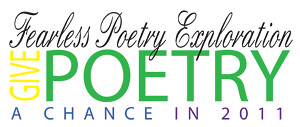
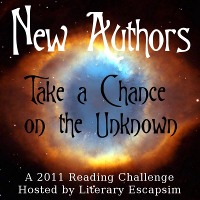


 About the Poet:
About the Poet: This is my 3rd book and final book for the
This is my 3rd book and final book for the 

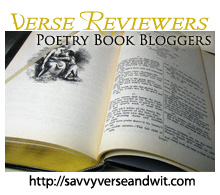
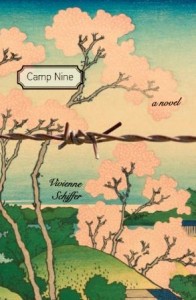

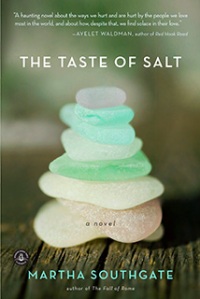

 About the Author:
About the Author:
 About the Author:
About the Author:


